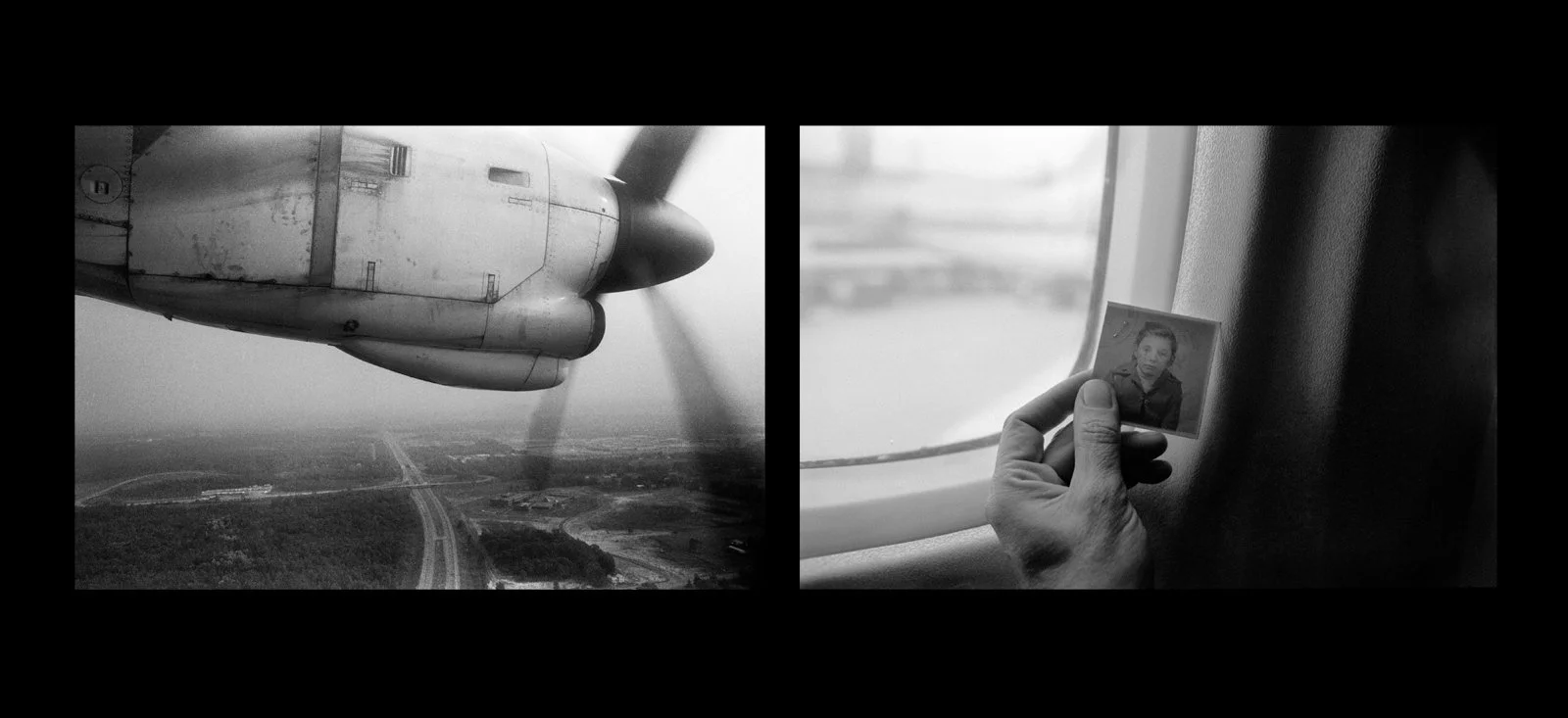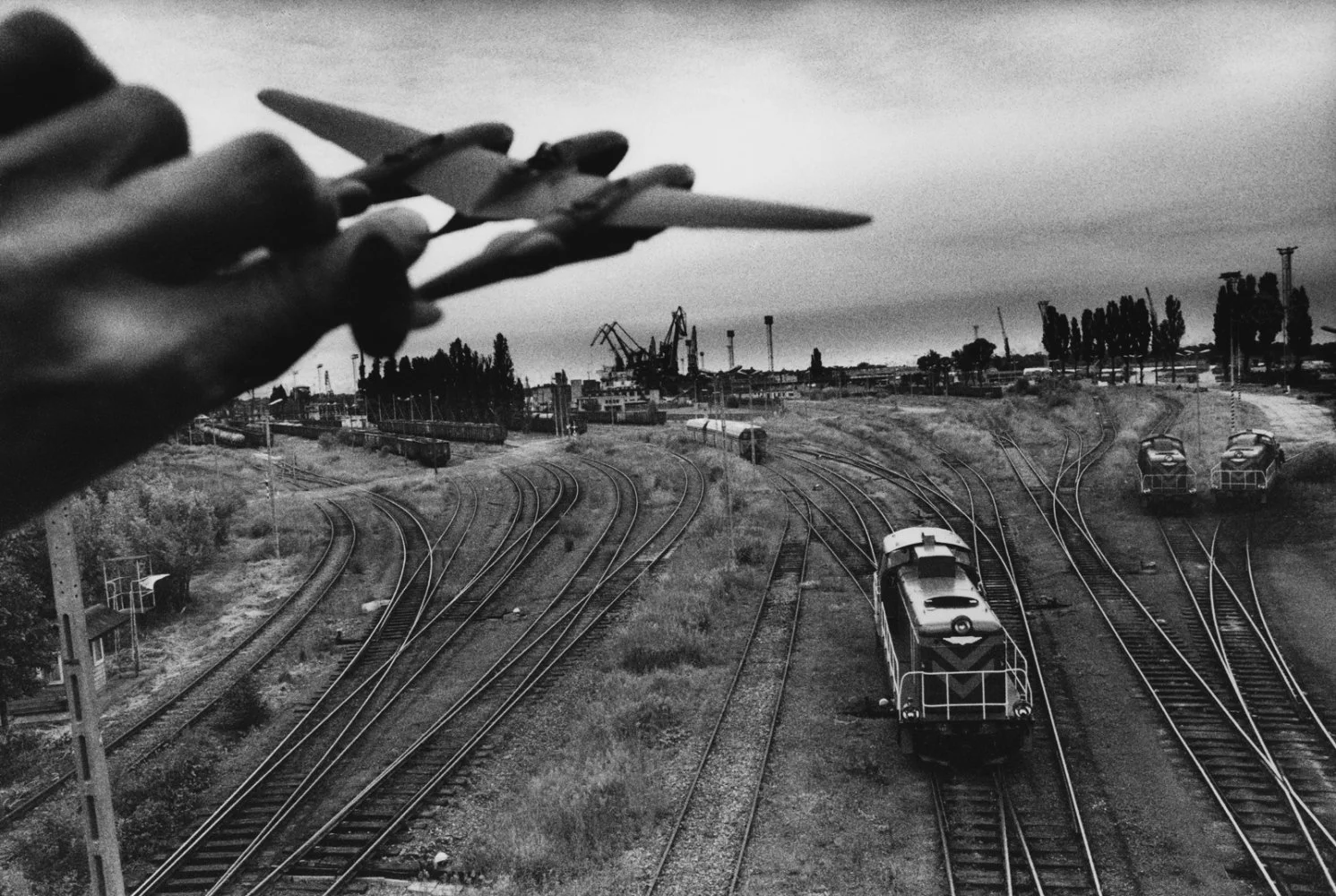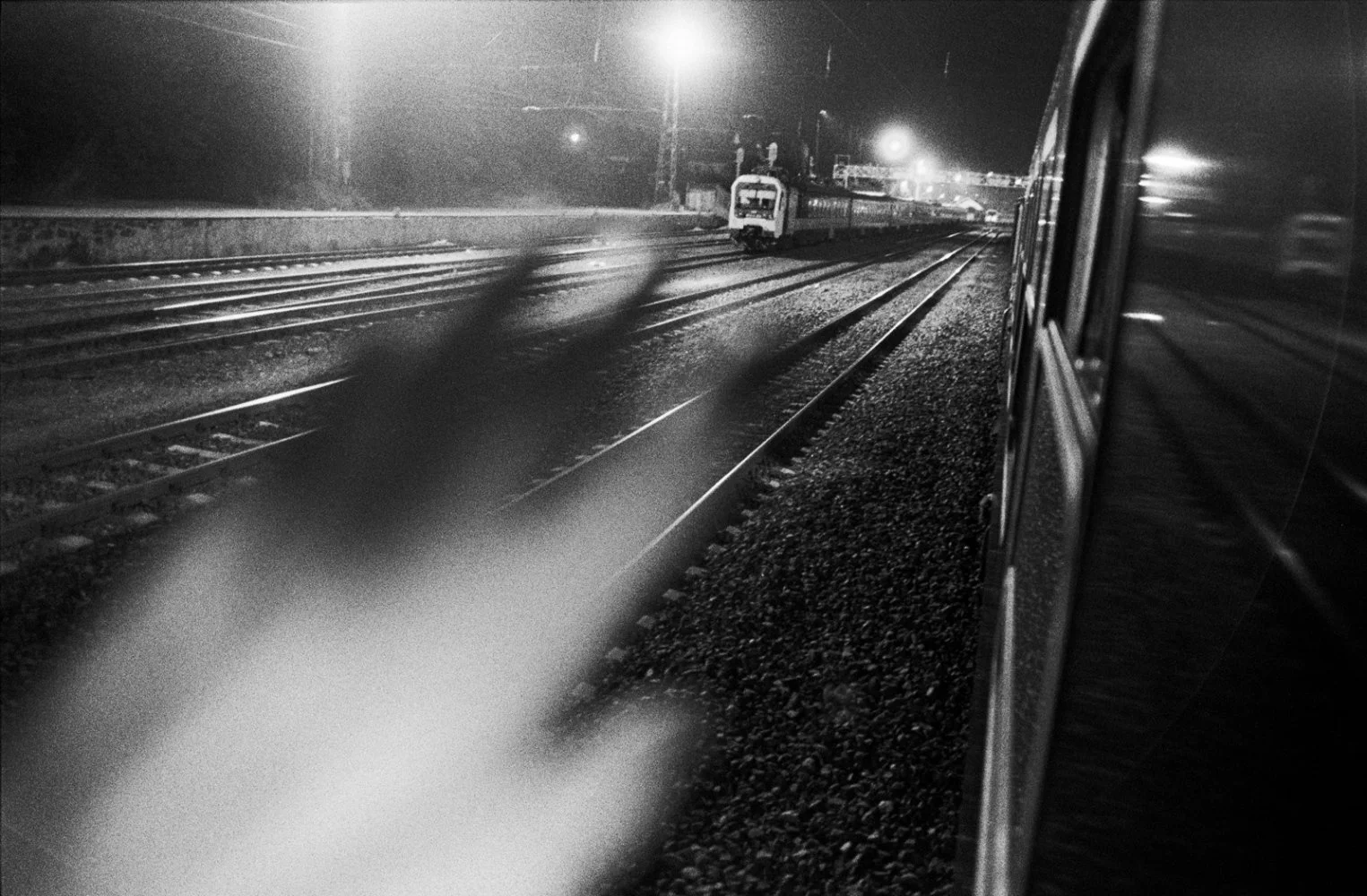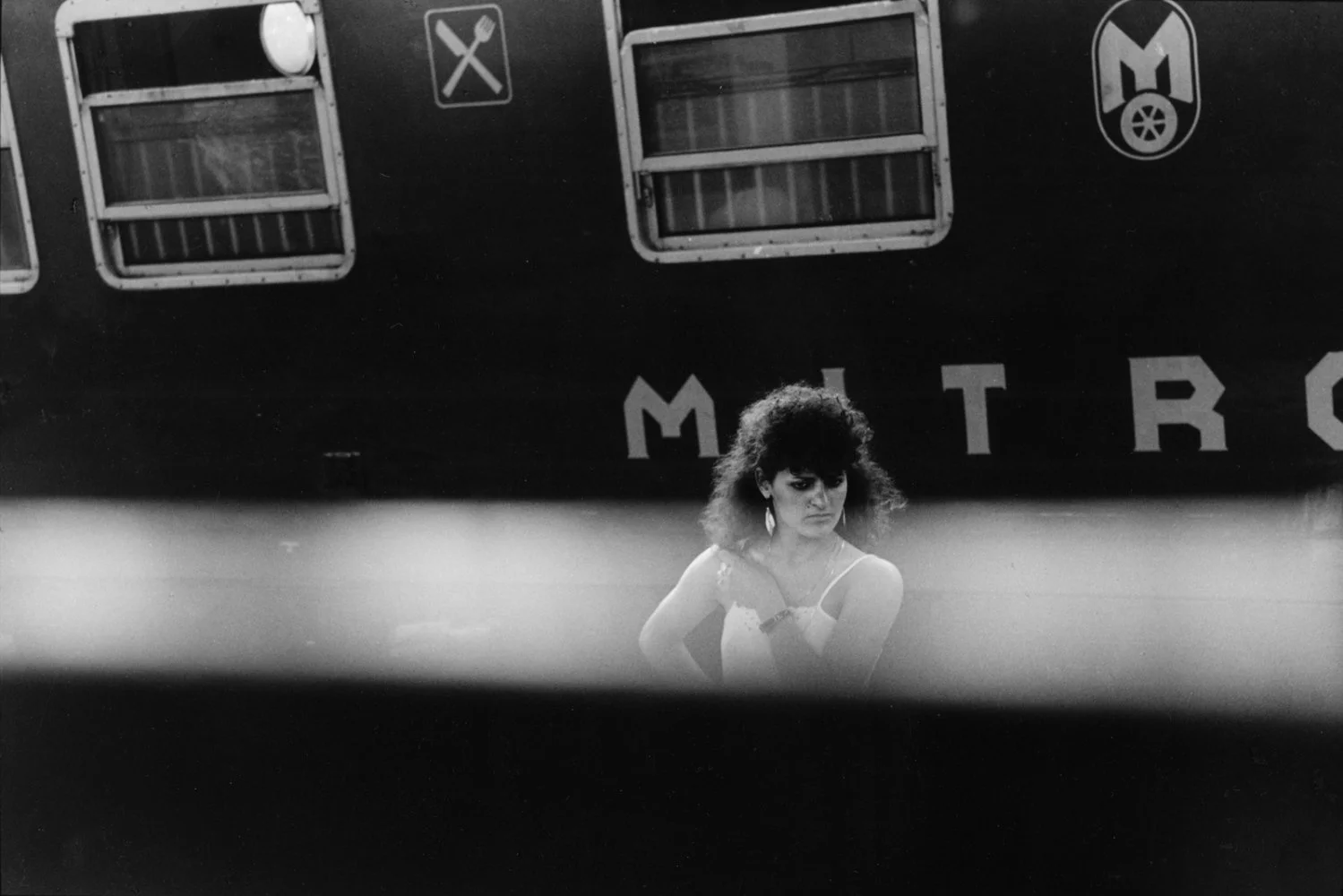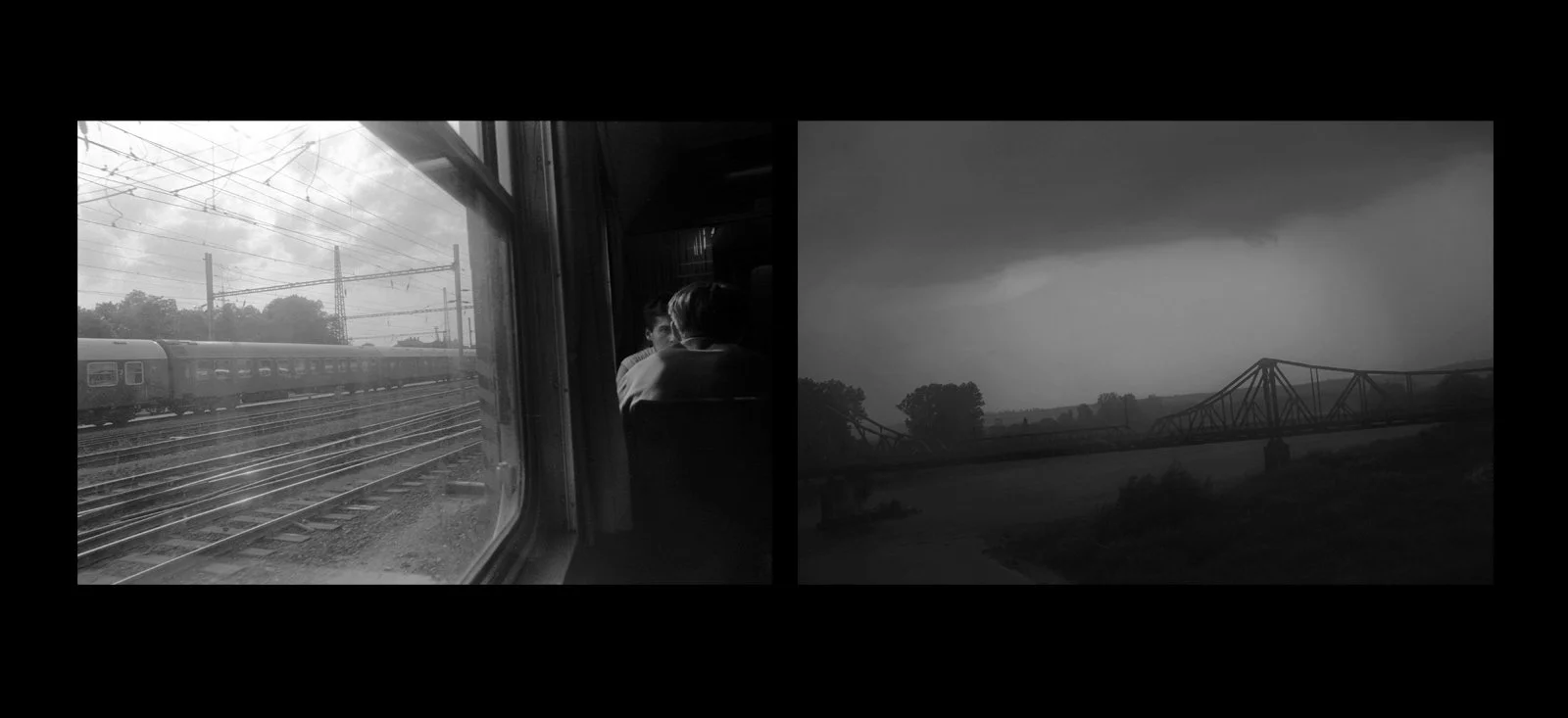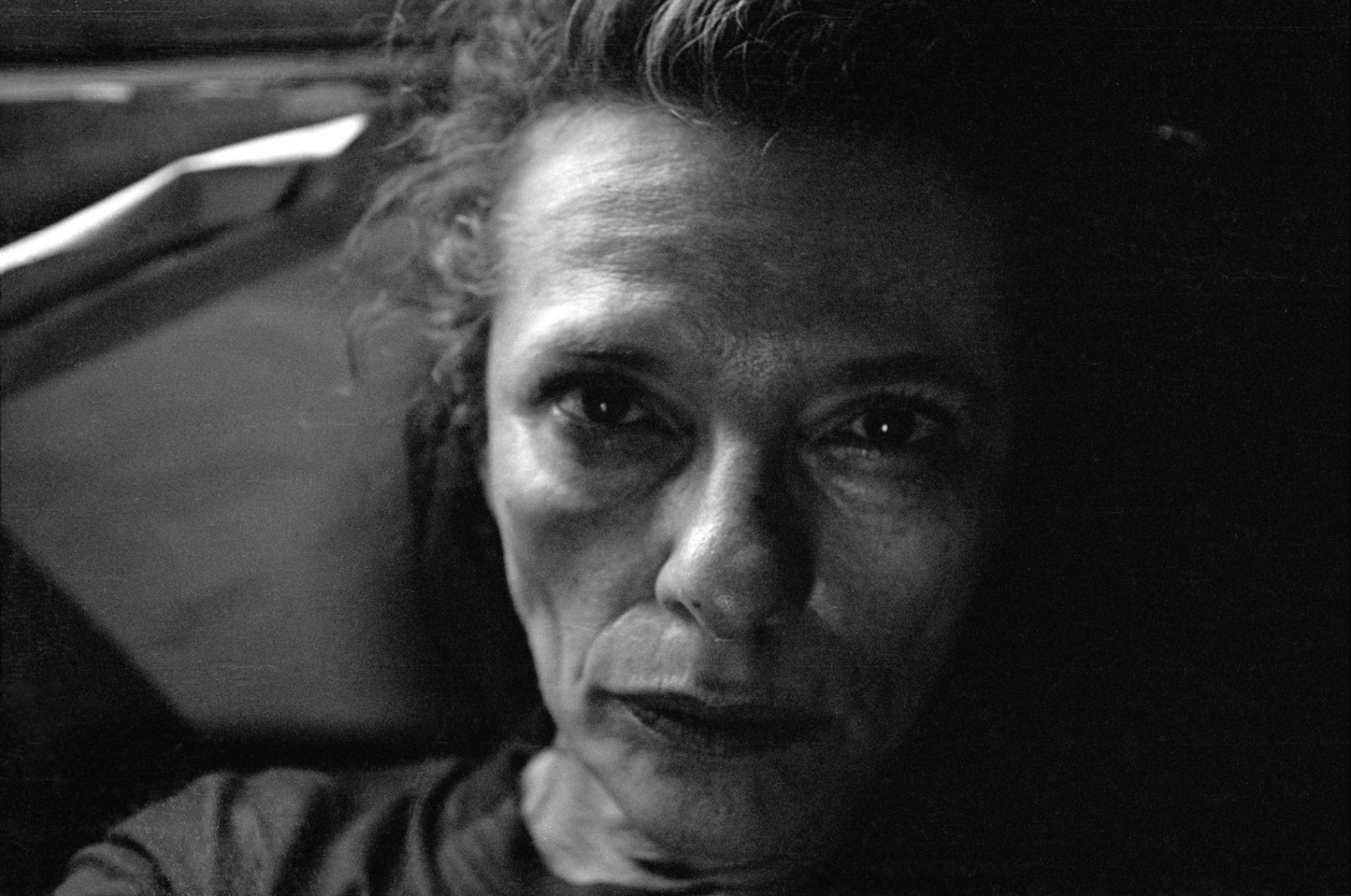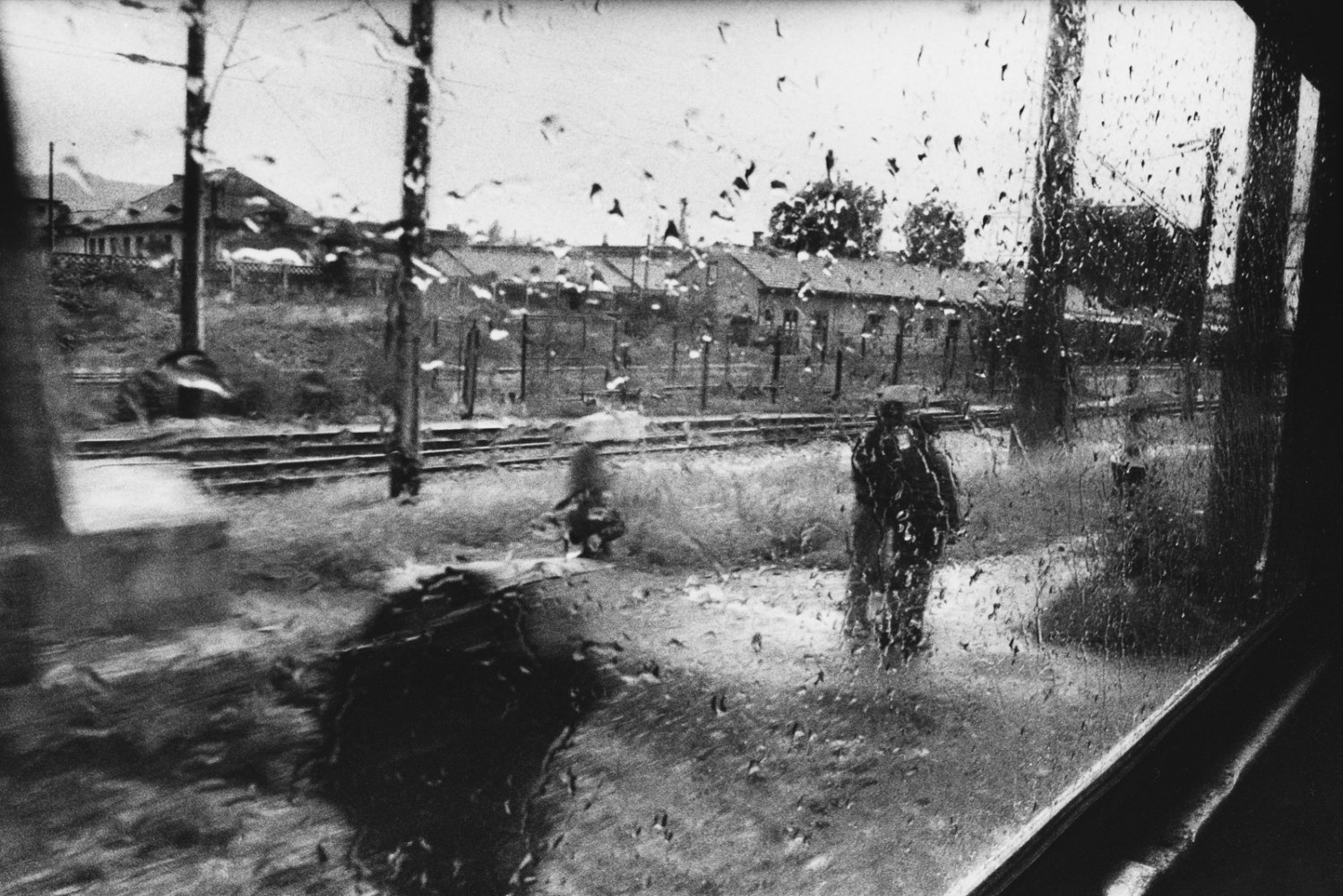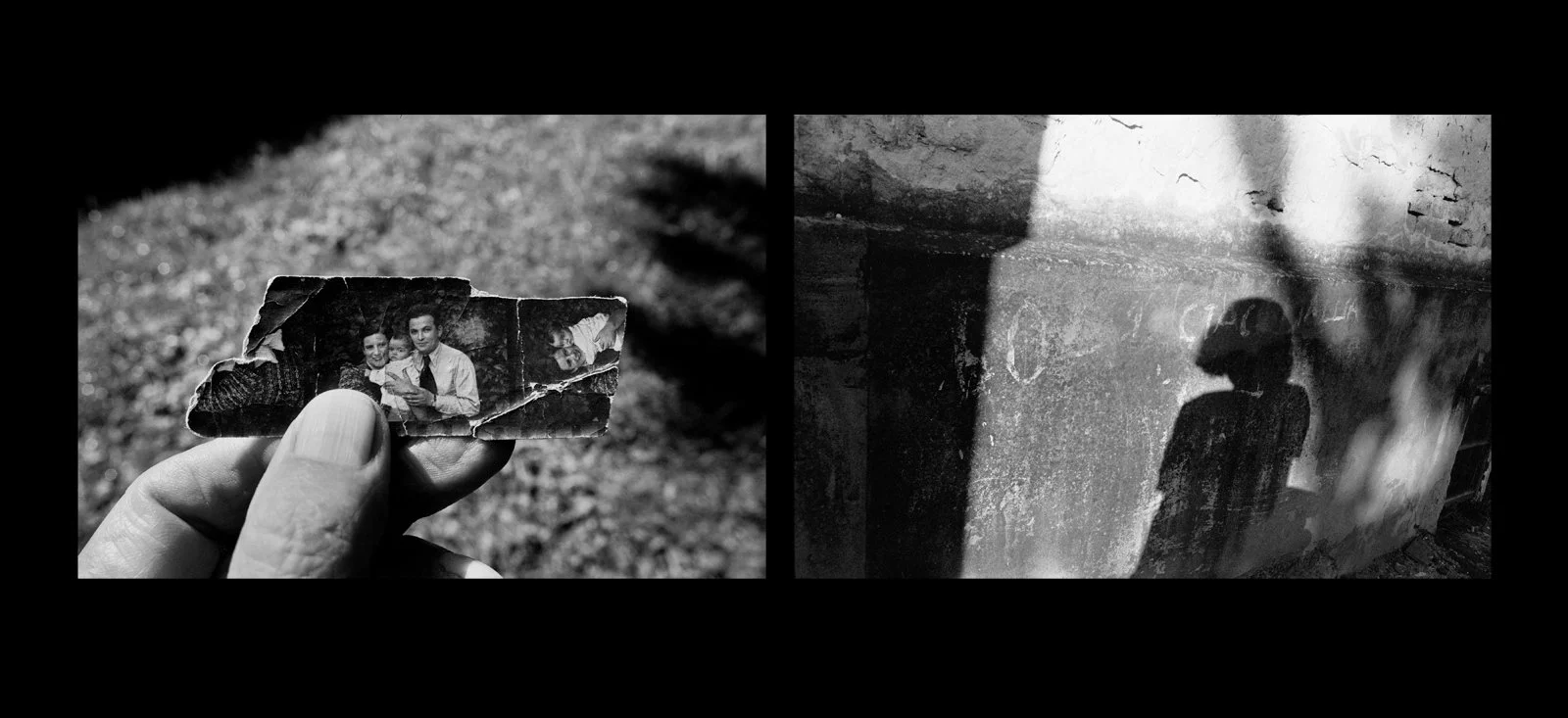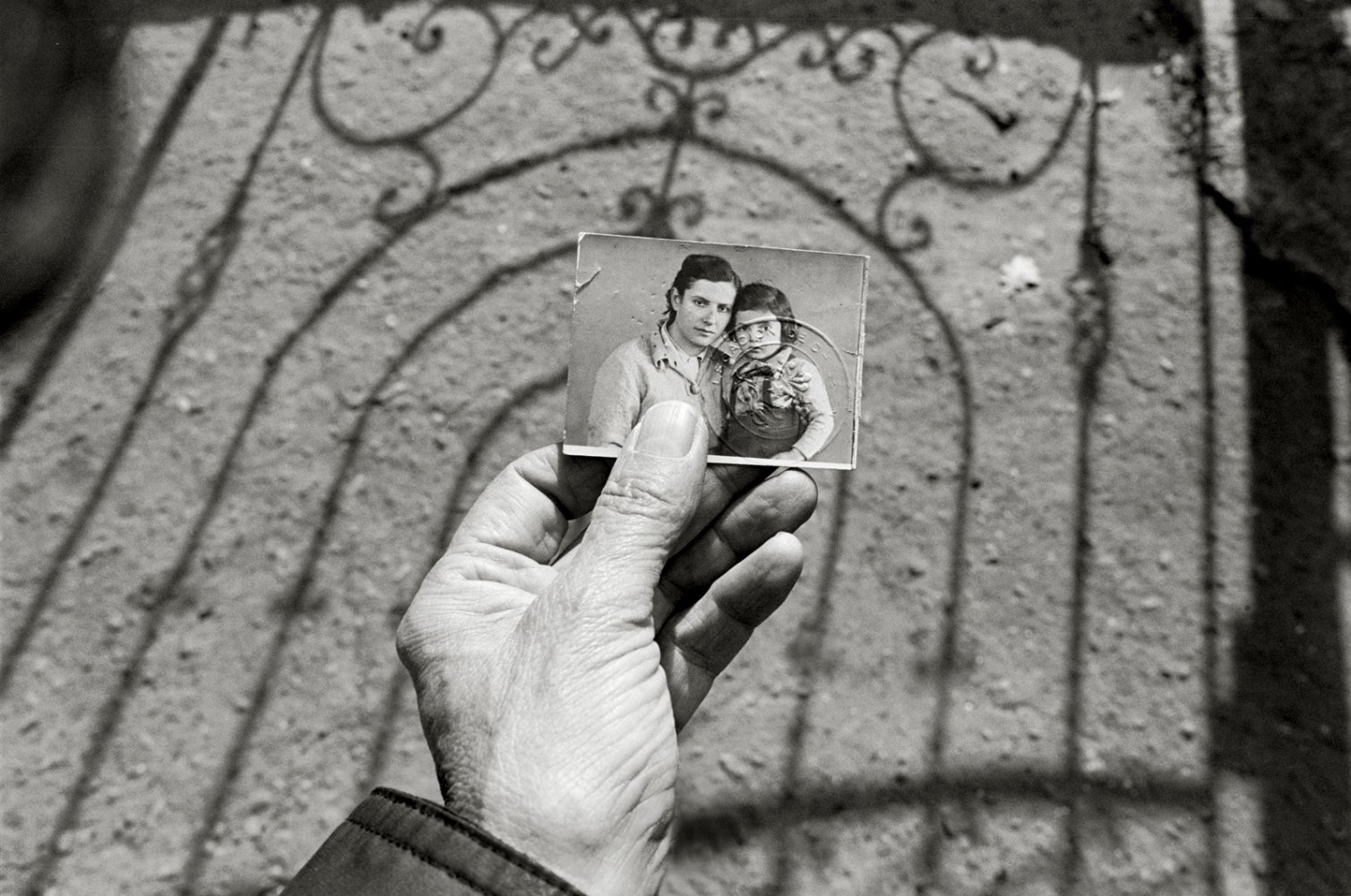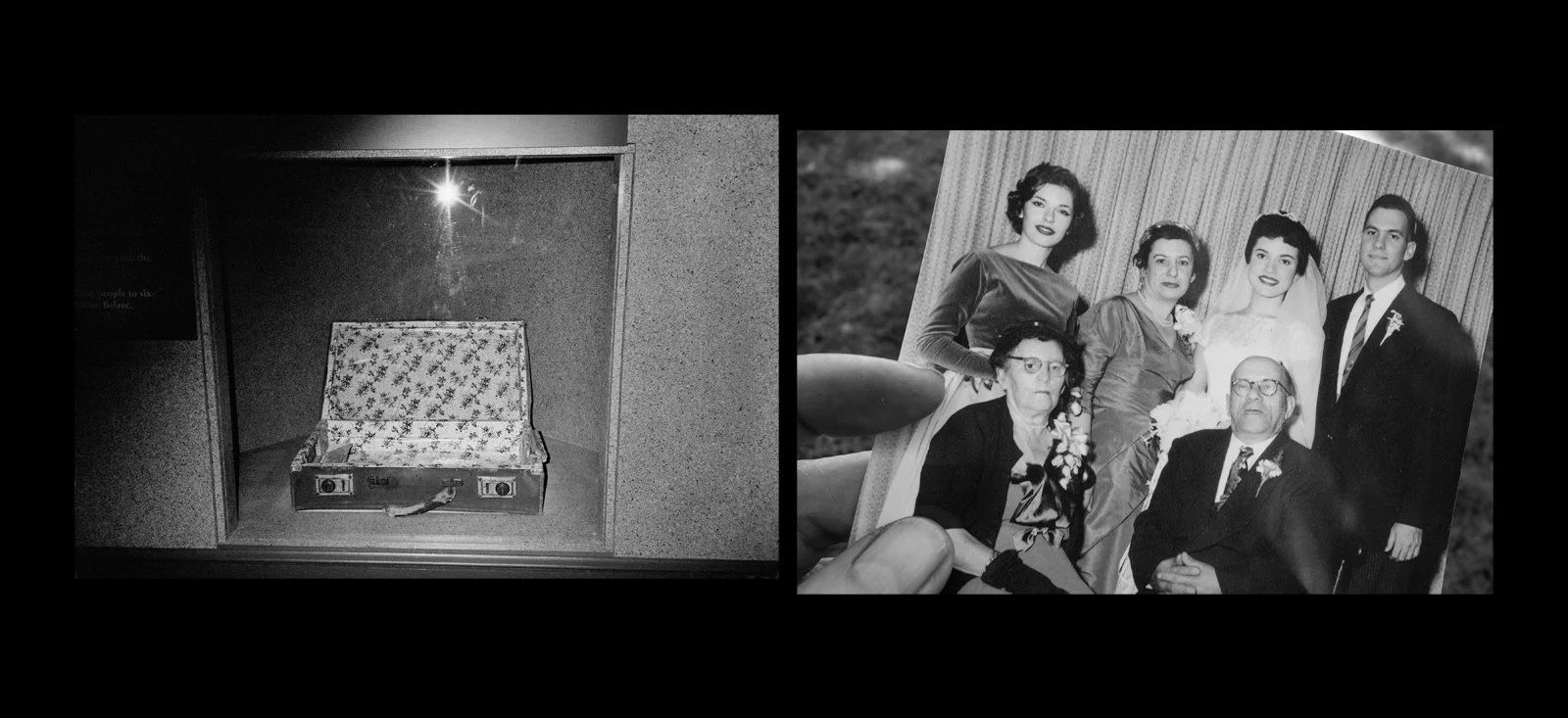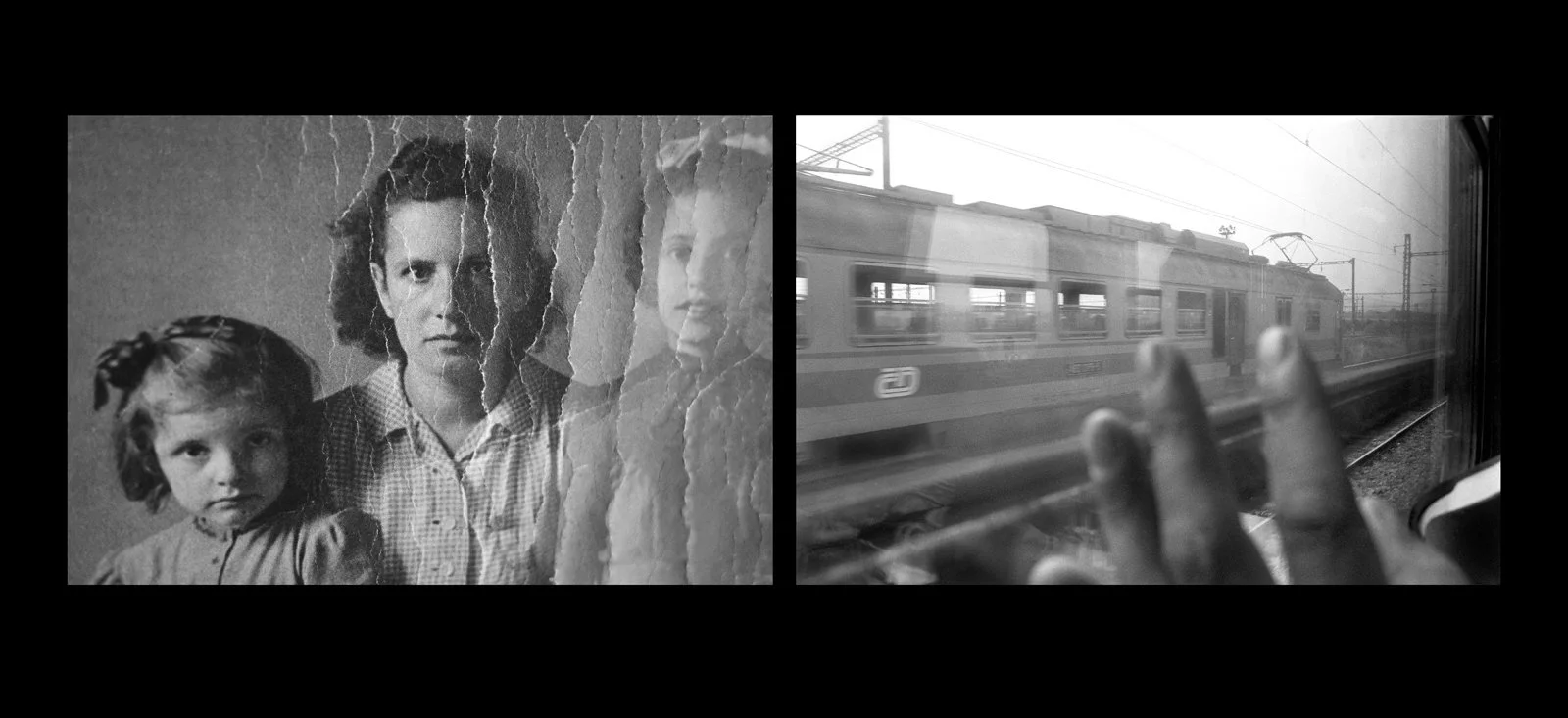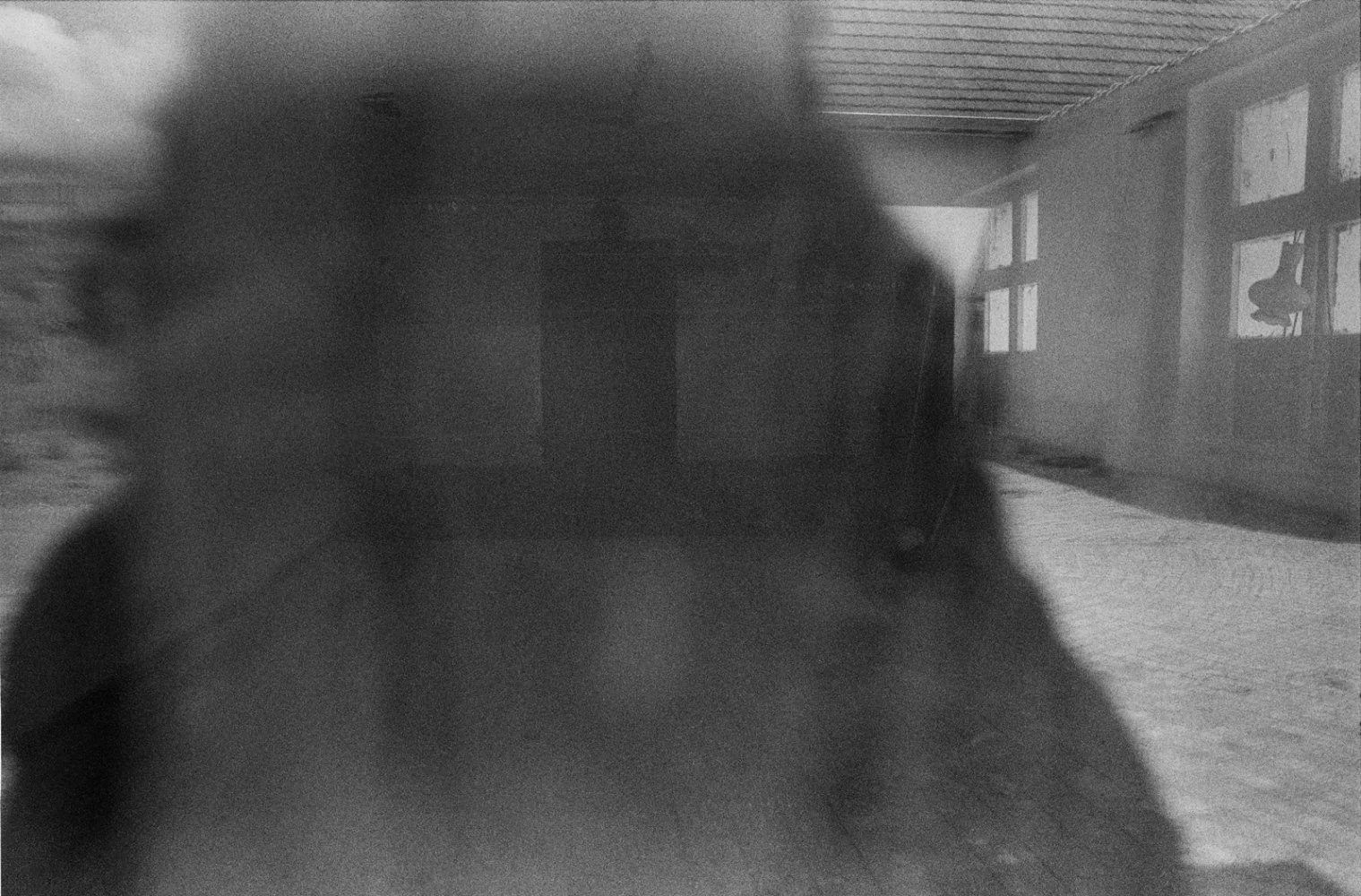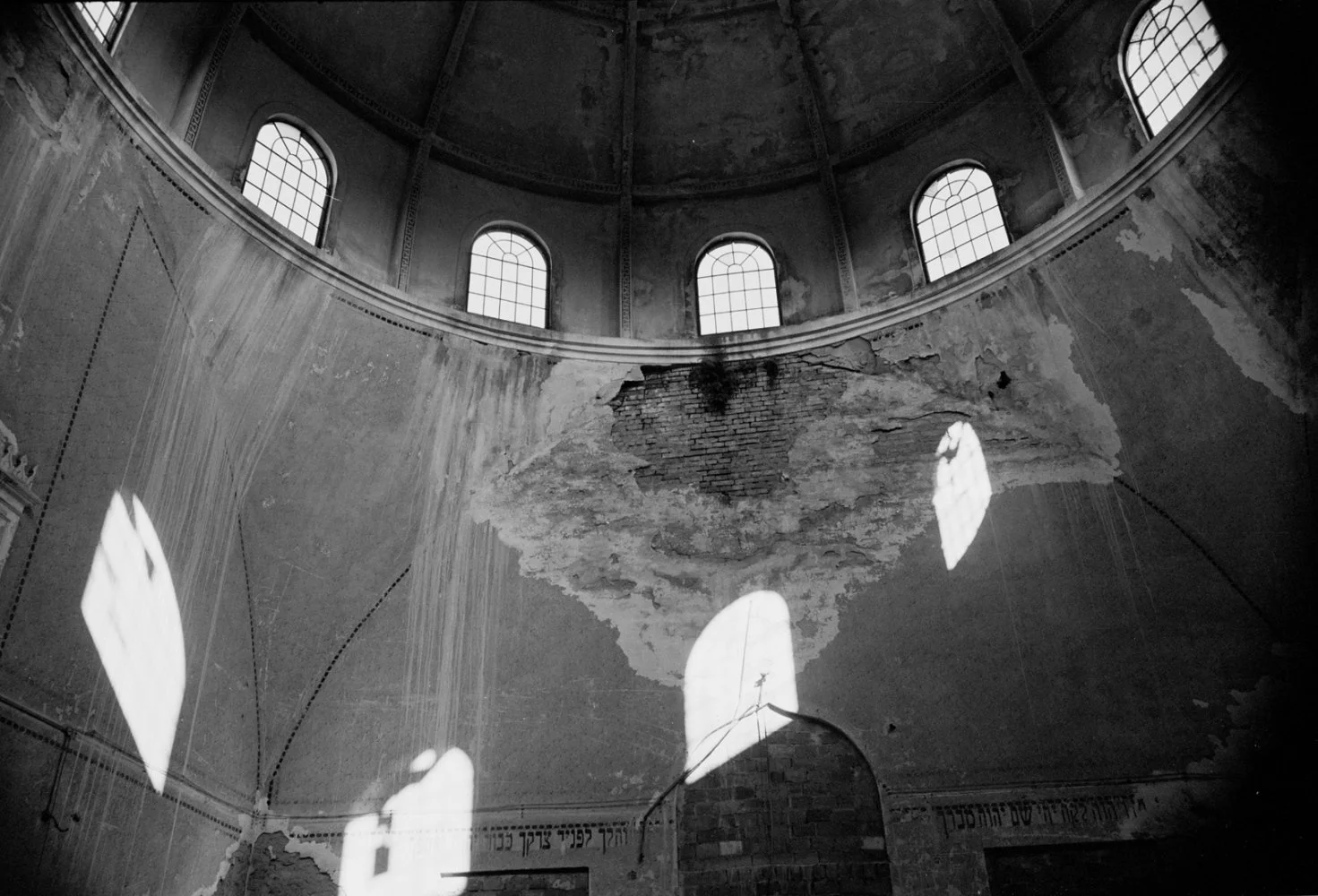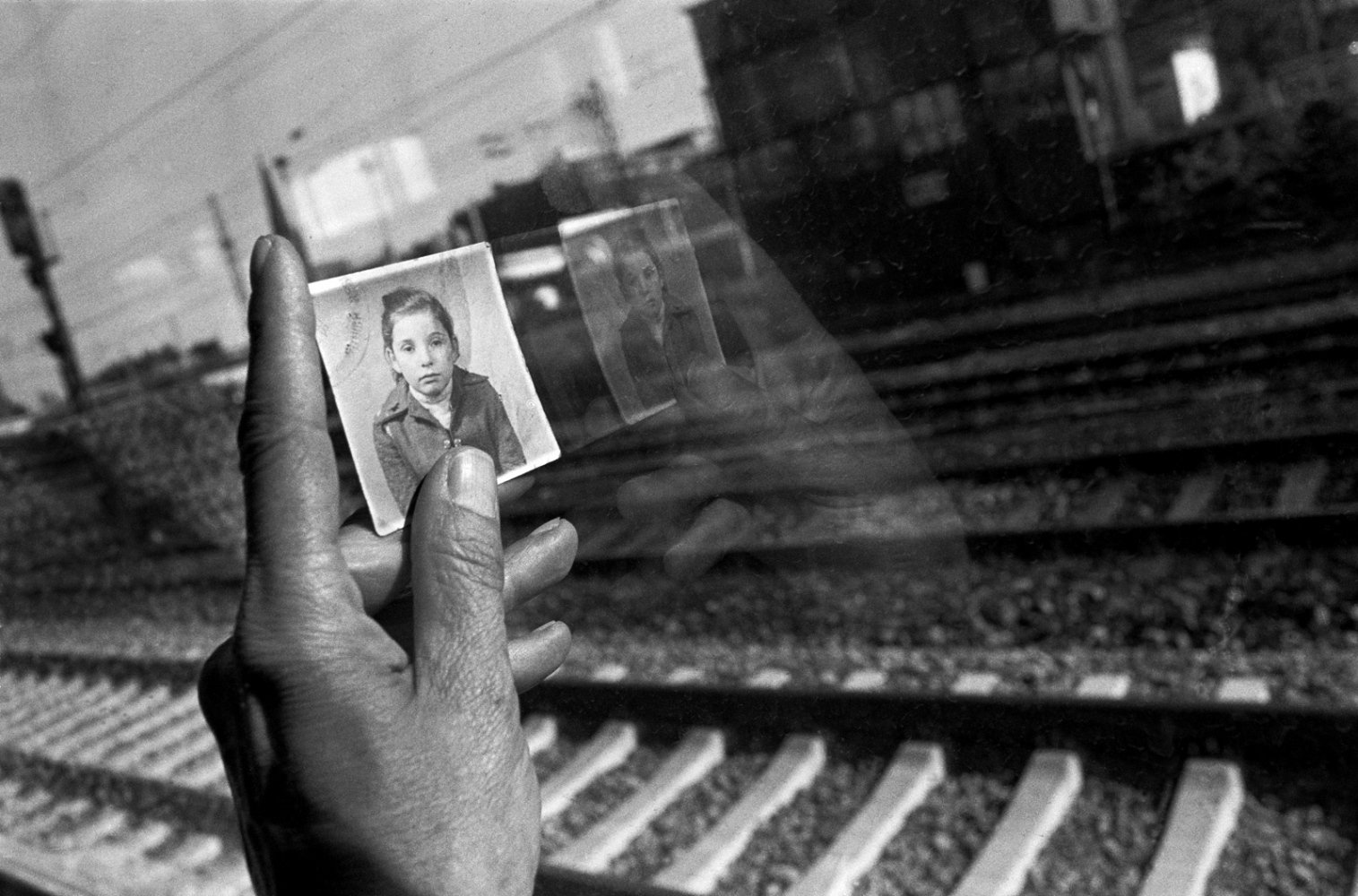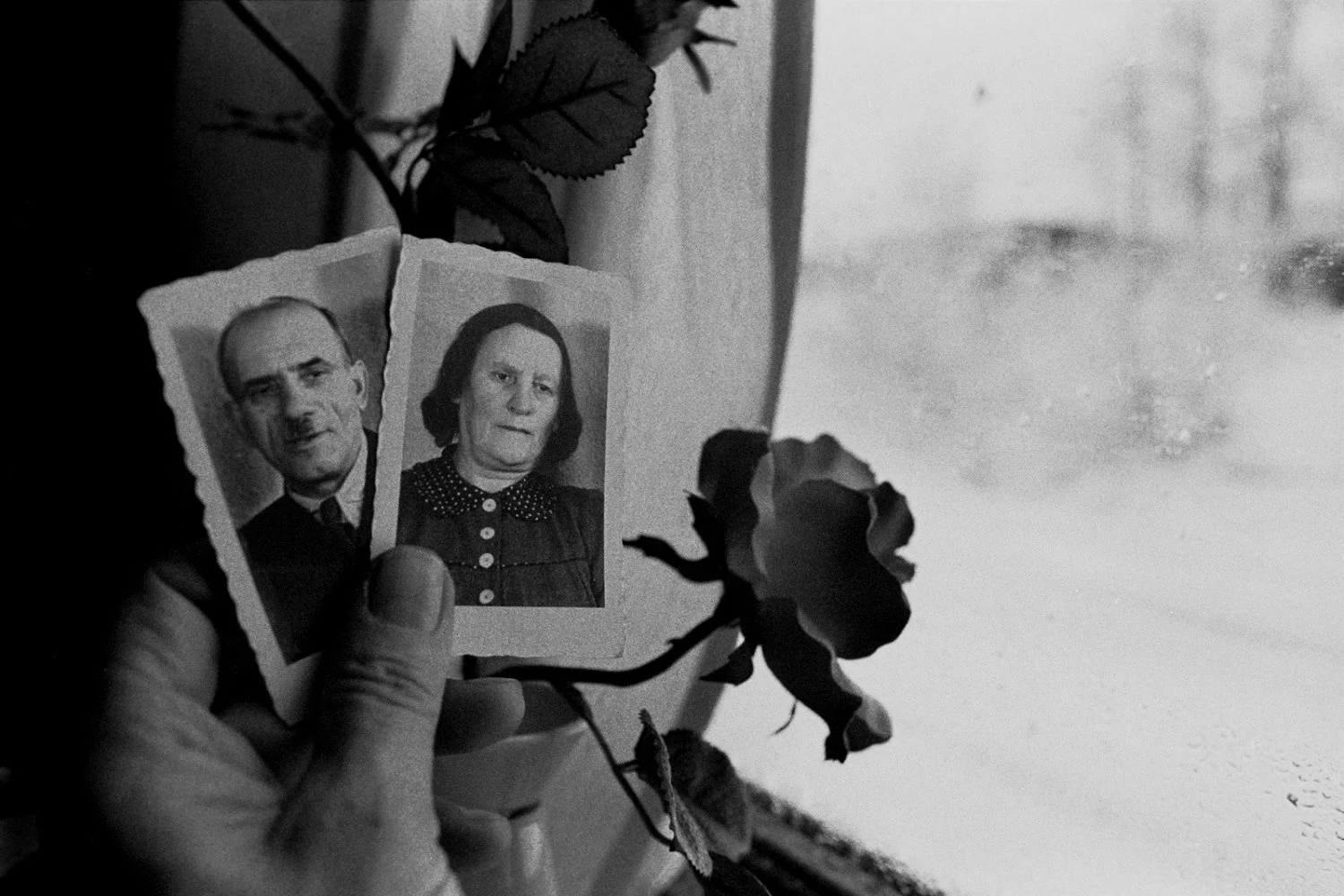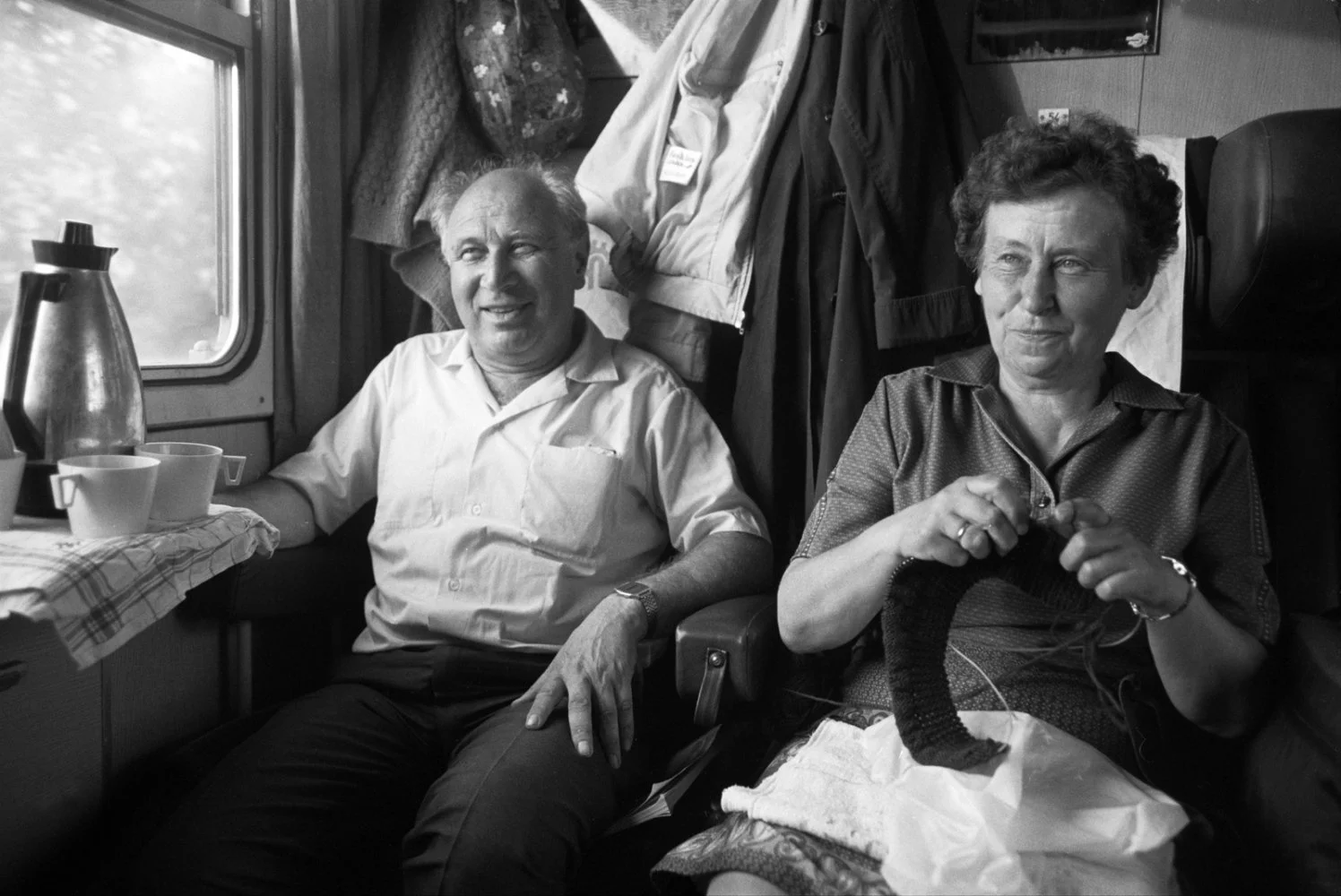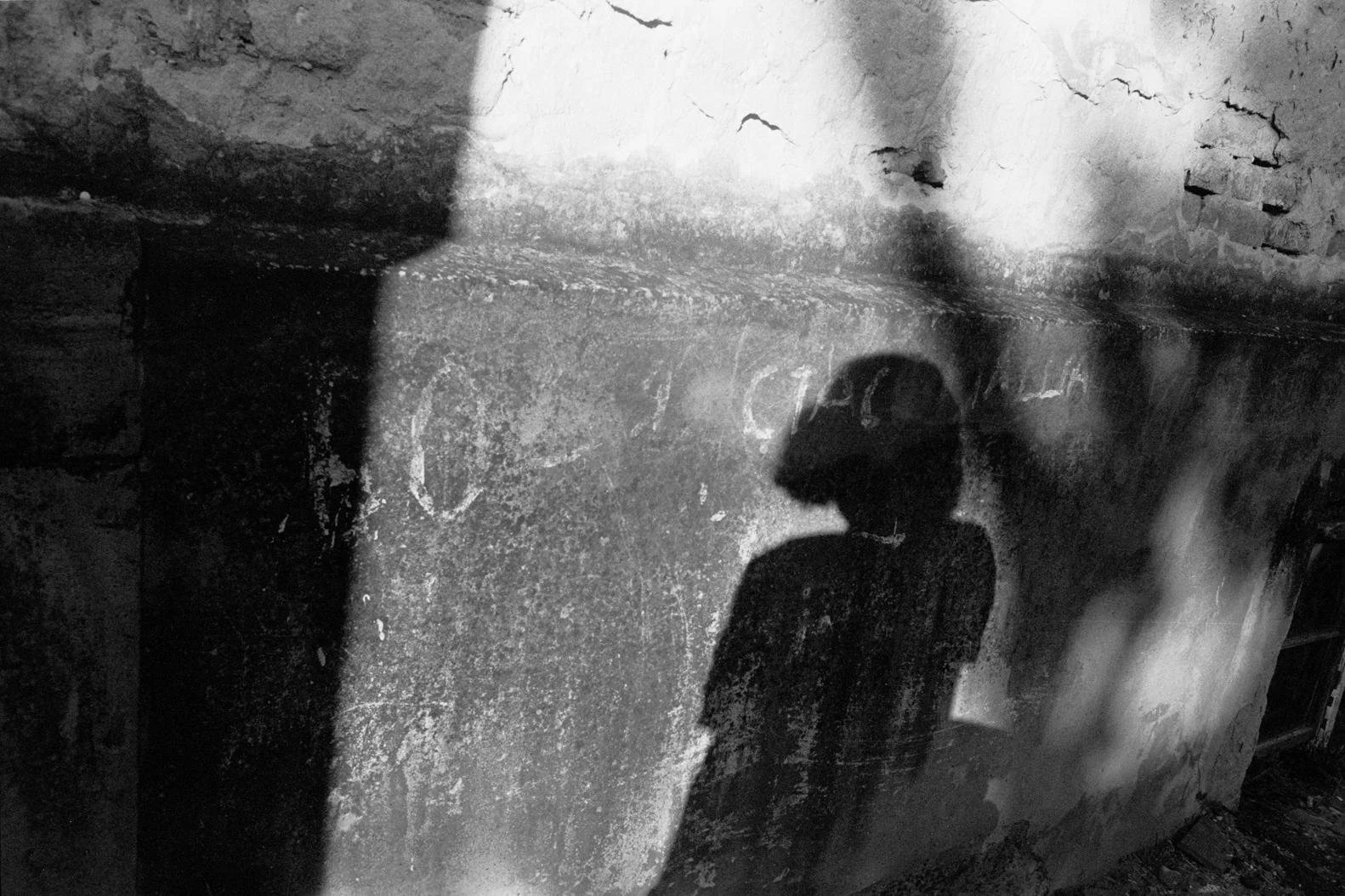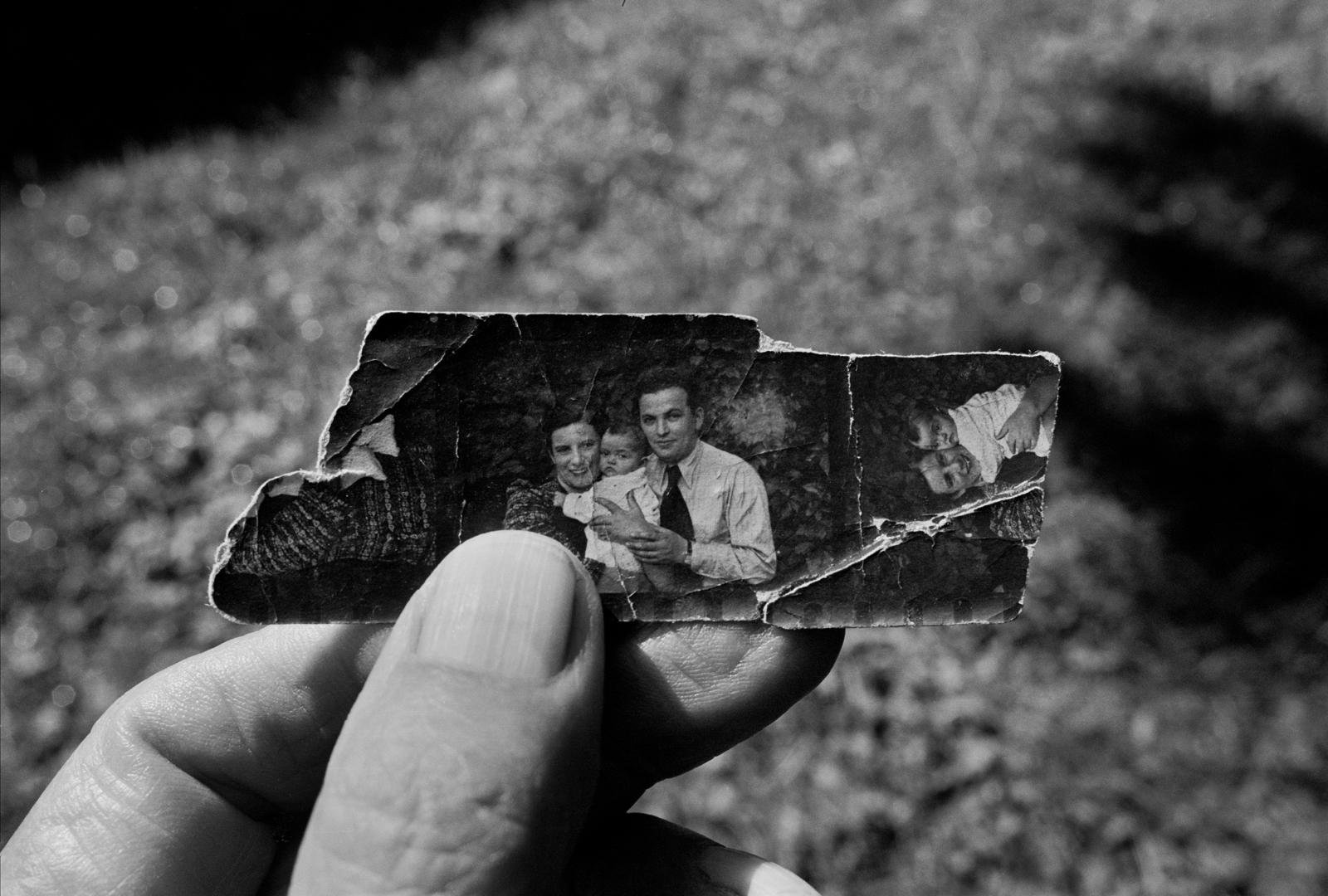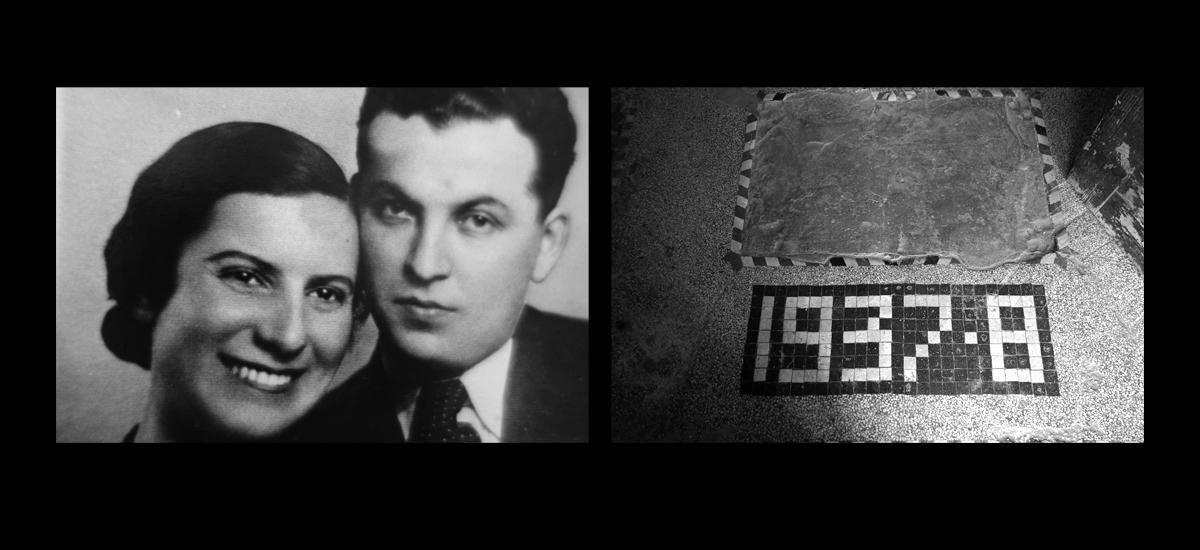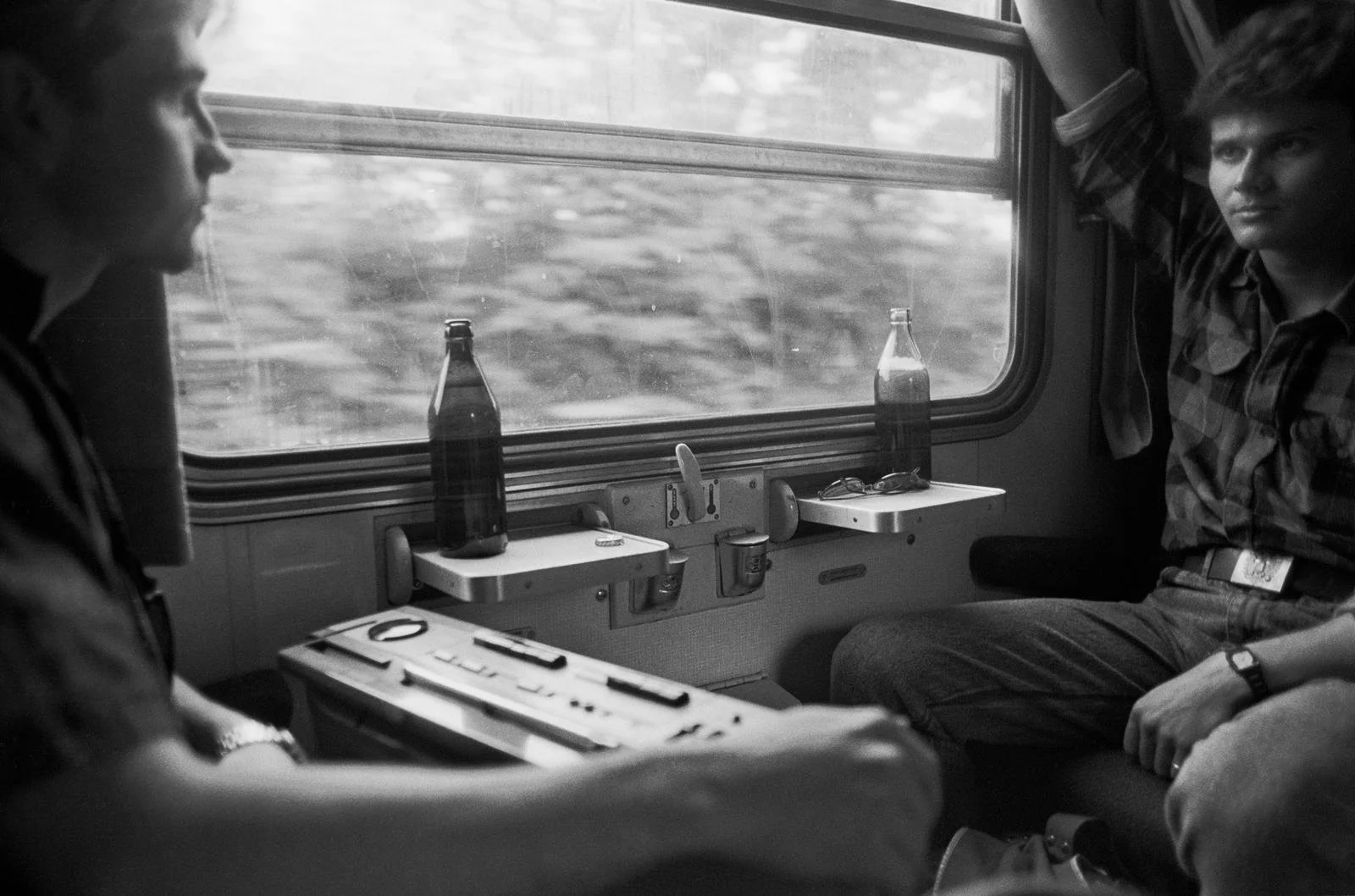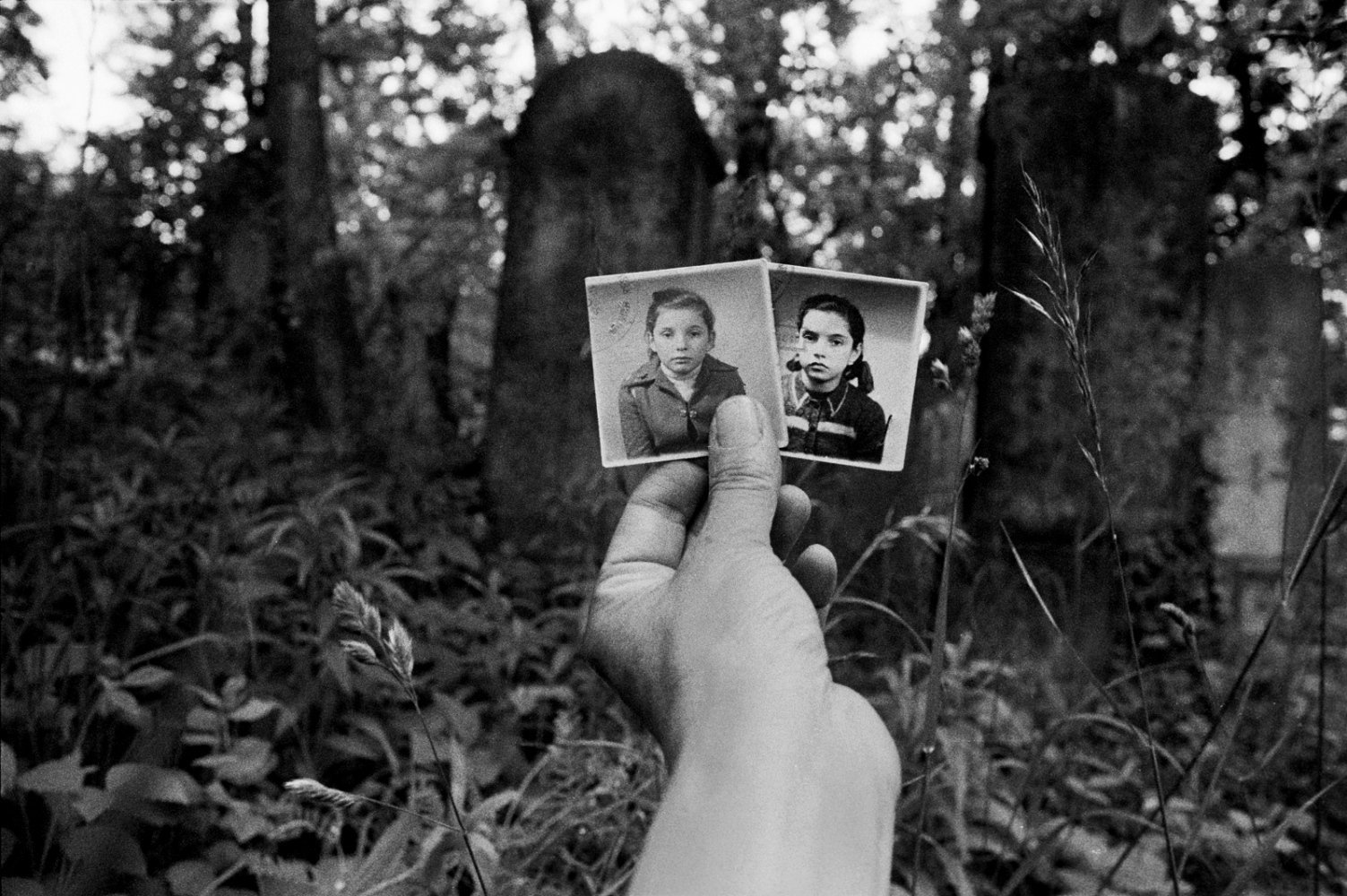
Return / The Landscape of Memory
Photo series by Sylvia de Swann
The inspiration for this work came at the fall of communism and the opening of borders to countries that had previously been behind the “iron curtain.”
Starting in early 1990 I ventured on a series of circuitous train journeys through post-communist Eastern Europe to explore the terrain of my early childhood and to retrace routes my family traversed as refugees at the end of the Second World War. I called the project “Return”, with a touch of irony because I knew there’d be no family hearths nor long-lost relatives to greet me at my destination.
By 1999 I’d made six expeditions through the Eastern Europe, traveling hundreds of miles by train, shooting many rolls of film, keeping a journal, writing four personal essays, earning grants, fellowships and residencies and presenting the work through exhibitions, lectures, publications, and websites, and though there remained many unanswered questions, things that I would never know because of all the documents and people lost in the maelstrom of war and genocide. My metaphoric quest nonetheless fulfilled a need for me to see the land where I was born, acknowledge the collective history of which I am a part, and to make a body of work about the process.
-Sylvia de Swaan
"Return/The Landscape of Memory"is about travel, individual and collective memory and identity; return to my roots, transience and loss, metaphor and flashbacks. It's about seeking symbolic ways to depict the bygone and the invisible; about telling open-ended stories that ask questions for which there are no easy answers.
The War Game
Szczecin, Poland
1994
The War Game, Szczecin, Poland - July 5, 1994. The airplane in this picture is a model P38 bomber that I assembled from a kit at my kitchen table in upstate New York. I brought it along on a circuitous journey through East/Central Europe in quest of adventure and lost history. On this particular day my train was crossing the Oder River from Germany into Poland, a trip I wouldn’t have thought to make a few years before. In Eastern Europe they refer to Jews as the “roots people,” because since the fall of communism so many of us have gone back to explore the lands of our ancestry and reclaim our heritage. “Memory is the source of liberation, as forgetfulness is the root of exile” said a wise old rabbi of the eighteenth century.
Flight #4787
1990
“A small ID picture, that was once affixed to my DP (Displaced Persons) papers circa 1947.”
Looking into the Void
Ravensbruck, Germany
1996
The Ravensbrück concentration camp was the largest concentration camp for women in the German Reich. In the concentration camp system, Ravensbrück was second in size only to the women's camp in Auschwitz-Birkenau. After the closure of the Lichtenburg camp in 1939, Ravensbrück was also the only main concentration camp, as opposed to subcamp, designated almost exclusively for women.
Self Portrait
Romanian / Ukrainian border
1996
The Romanian / Ukrainian Border
1996
Diptych created 2008
Bucharest to Cluj
1994
Prague Station
1990
Prague to Berlin
1994
“This small photo of myself at age six was once affixed to my refugee documents.”
The Baltic Express, Budapest to Dresden
1990
An elderly German couple coming back from Budapest, their first trip outside their country in thirty-five years
Sleepers
The Baltic Express, Budapest to East Berlin
1990
a Hungarian couple with an air of illicit romance about them...
Bratislava Station en route to Prague
1990
“Back then it was still the scary terrain of the past.”
Cluj to Timișoara, Romania
1996
“I say good-by, adieu, larevedere, waving to Bogdan and Rimona as we each receded into the distance from each other as the train moves on.”
The Nikolayeva
St. Petersburg to Moscow
Date unkown
“A tribute to my grandparents, David & Fannie Strum, who spent the war years in Siberia.”
Trochenbrod/Neplokivtsi
2015
“Jews coming to seek their heritage in Eastern Europe, might find a few standing grave stones or the dust of mass graves”
The History Lesson
Terezin, Czech Republic
1994
“The fort of Terezin was built during the Austro-Prussian war of the Eighteen Hundreds but gained its place in infamy as a Gestapo prison during the second world war. In 1940 the local population was evacuated and the entire town was converted into a concentration camp for Jews and Gypsies and other undesirables. Equipped with dungeons and torture chambers, it became a key station in the “final solution” of Hitler’s master plan. Nowadays it’s a tourist attraction with bus loads of visitors coming from a multitude of countries to look around and try to understand. For me this was my first visit to a former concentration camp and I was at a loss what to think or feel, or even what pictures to take. All those freshly painted signs saying Arbeit Macht Frei sound like a bit of wisdom out of the I Ching. These days there are public toilets, a gift store, and a restaurant, where one can have a cup of coffee and a schnitzel sandwich on one’s way out.”
The Ghetto Walk
Czernowitz / Chernivtsi
2008
In early October 1941, under Pro-German Romania, a Jewish ghetto was established in the lowland part of Chernivtsi. 50,000 Bukovina Jews were crammed into the ghetto that was used as a starting point for the deportation of the Jewish population to the death camps in Transnistria. Two-thirds of which were deported in October 1941 and early 1942 to Transnistria, where the majority perished.
In order to convey full information about the history of the creation of the ghetto, the fate of its inhabitants and their lives, and the events that took place in the ghetto and are associated with it, the ‘Ghetto Czernowitz’ Project was initiated by the ‘Jewish Heritage of Bukovina’ NGO, the Jewish Religious Community of Bukovina and Main Synagogue of Bukovina named after Israel and Zelda Maiberg and headed by Chief Rabbi Menachem Glitzenstein, and the Chernivtsi Regional Jewish Community.
The ‘Ghetto Czernowitz’ Project aims to create a single systematic information resource ‘Ghetto Czernowitz’, which will contain information about the history of the establishment of the ghetto, a specially created interactive map of the ghetto, photo and video materials about the ghetto, memories of ghetto victims, scientific and documentary publications about the ghetto in Chernivtsi, as well as information about them.
